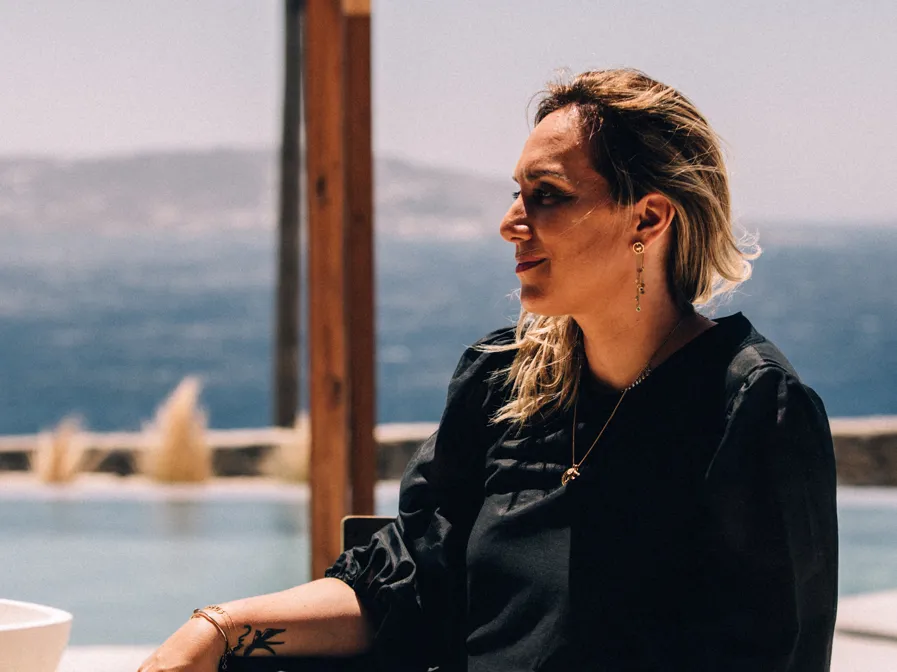
Roy Kalfopoulou has lived and breathed hospitality since birth. Born into a family of Greek hoteliers, her childhood unfolded against a backdrop of hotels, and then her degree in psychology allowed her to approach her “destined” profession with an academically empathic angle—taking her from internships and front-facing positions in London hotels to her own properties in Greece.

The farm-to-table movement has been around longer than most of us think. It started as a counter cultural ethos in the 1960s to the ubiquity of canned goods in the postwar period.

What does it take to travel sustainably? In a prescient move to the future of travel, Ben Crair sets off by rail, bus, and electric bike on a journey through the Swiss and Italian Alps with one clear goal in mind: produce as little waste as possible.
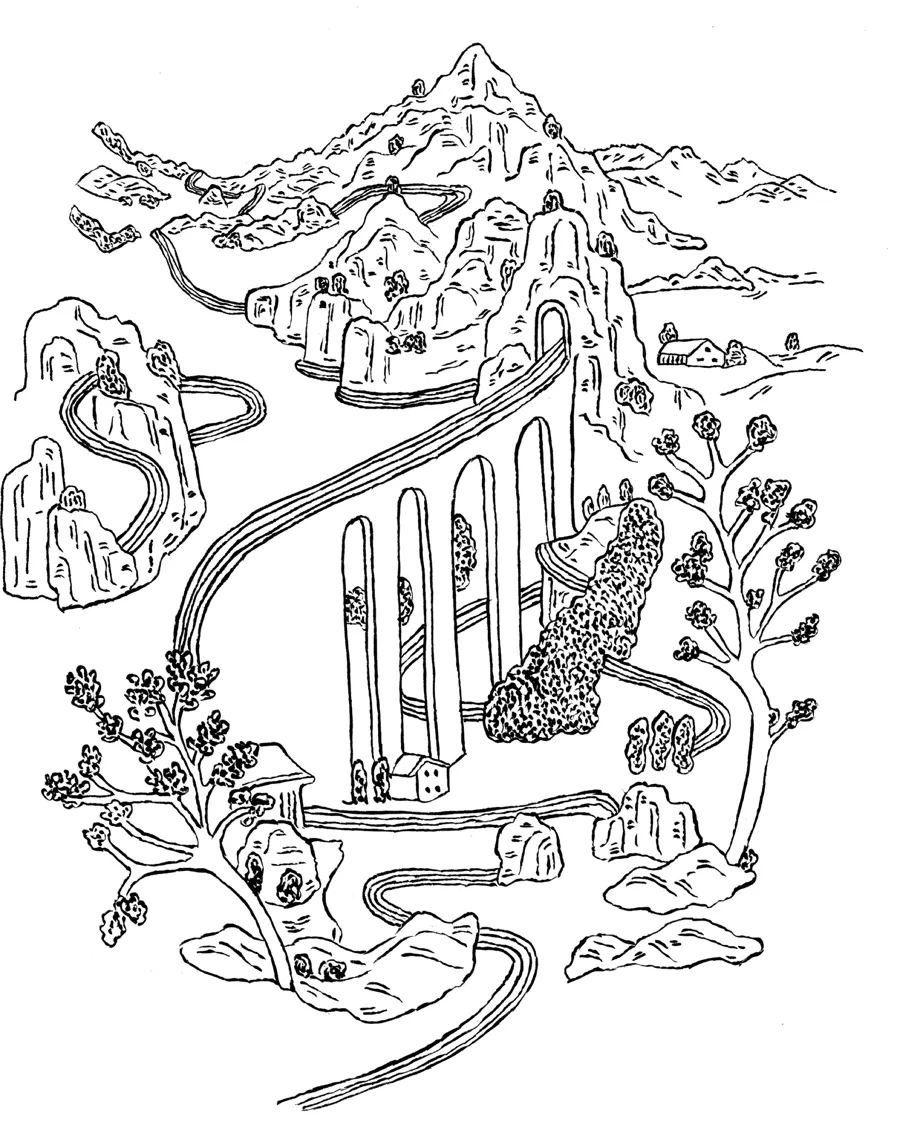
I woke as the train pulled into the station. Chur is a charming little city nestled between mountains, but I was there only to catch a bus and drive another hour to the ski town of Laax.

It seems apt that the ancient bed of culture in Tucson is also where a new community-driven concept of hospitality is taking shape—The Tuxon Hotel, opening early July, is ideally located in West Downtown at the base of Sentinel Peak, also known as the iconic “A” Mountain.

Perhaps the easiest way to understand the passion that Kathrin and Christian Sersch have for the stunning, history-rich piece of land that houses their jointly conceived Seezeitlodge is to simply close your eyes and listen.

What gives you a feeling of belonging? At a time when we need a strong sense of togetherness to get us through this unprecedented period, we decided to look to our hotels and the Originals behind them to get inspired by the ways in which they support and are a part of their local circles. More than just brick-and-mortar spaces, these hotels are an intrinsic part of their social environment and act as beacons for the way forward.
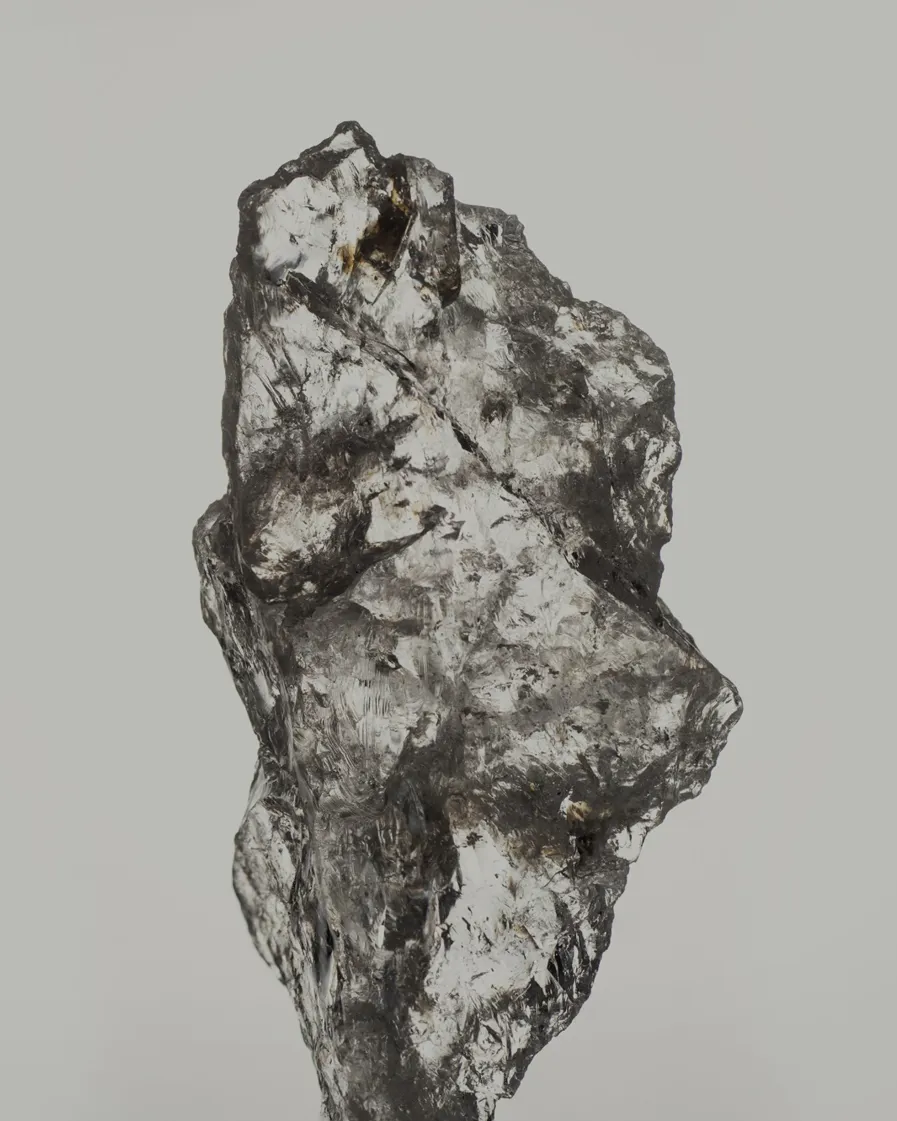
“Foolish the doctor who despises the knowledge acquired by the ancients,” Hippocrates wisely said—and we couldn’t agree with him more. Ancient wellness practices such as Ayurveda and traditional Chinese medicine advocate a holistic view on wellness, connecting the body with the mind and working with local plants and herbs to take you to a new dimension of health.

Within the next decade, key value shifts will have taken place, taking us into the age of the Promadic Traveler.

Driven by local concerns about overtourism, Promads will embrace conscious tourism, increasingly seeking culture-driven community venues, as well as destinations that promote long-term, sustainable solutions to the rapid rise in tourism.

By the end of the coming decade, a fresh, self-actualizing impulse will drive a new generation of travelers. Together with world-leading foresight consultancy The Future Laboratory, Design Hotels embarked on a year-long study to better understand this emerging mindset.
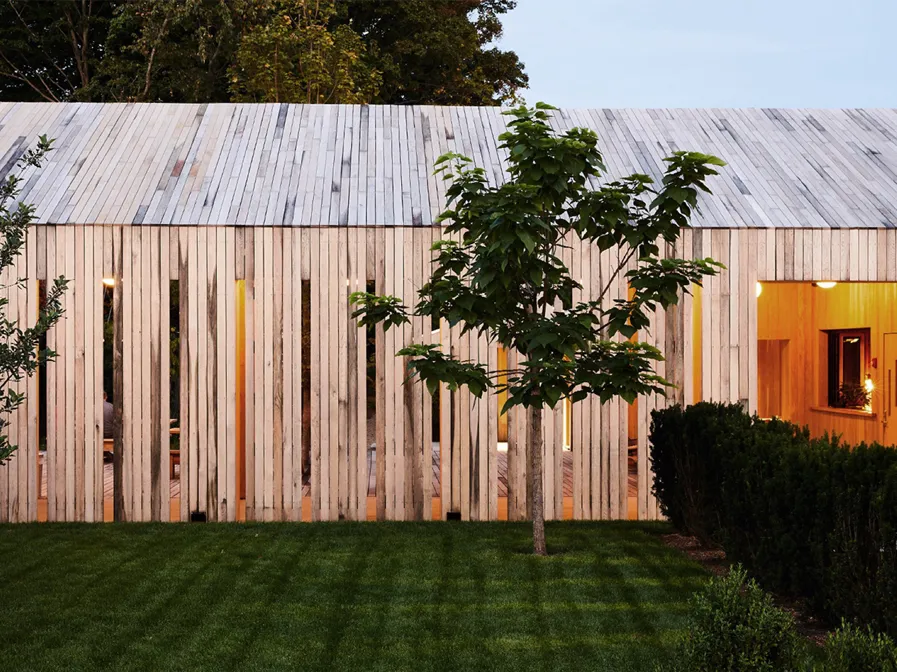
“Nature is eternally flowing from use to use, beauty to yet higher beauty; and we soon cease to lament waste and death, and rather rejoice and exult in the imperishable, unspendable wealth of the universe, and faithfully watch and wait the reappearance of everything that melts and fades and dies about us, feeling sure that its next appearance will be better and more beautiful than the last,” said Scottish-American naturalist and pioneering environmental philosopher John Muir.
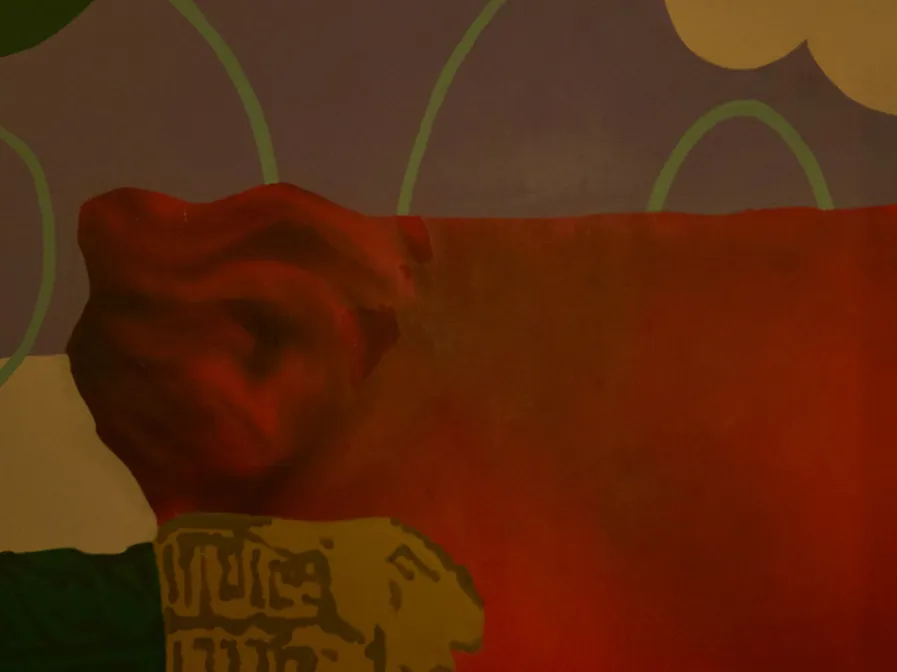
Situated on the “street of the blacksmiths” in Rome’s Renaissance-era Regola district, Chapter Roma evokes the past, present, and future of the neighborhood.
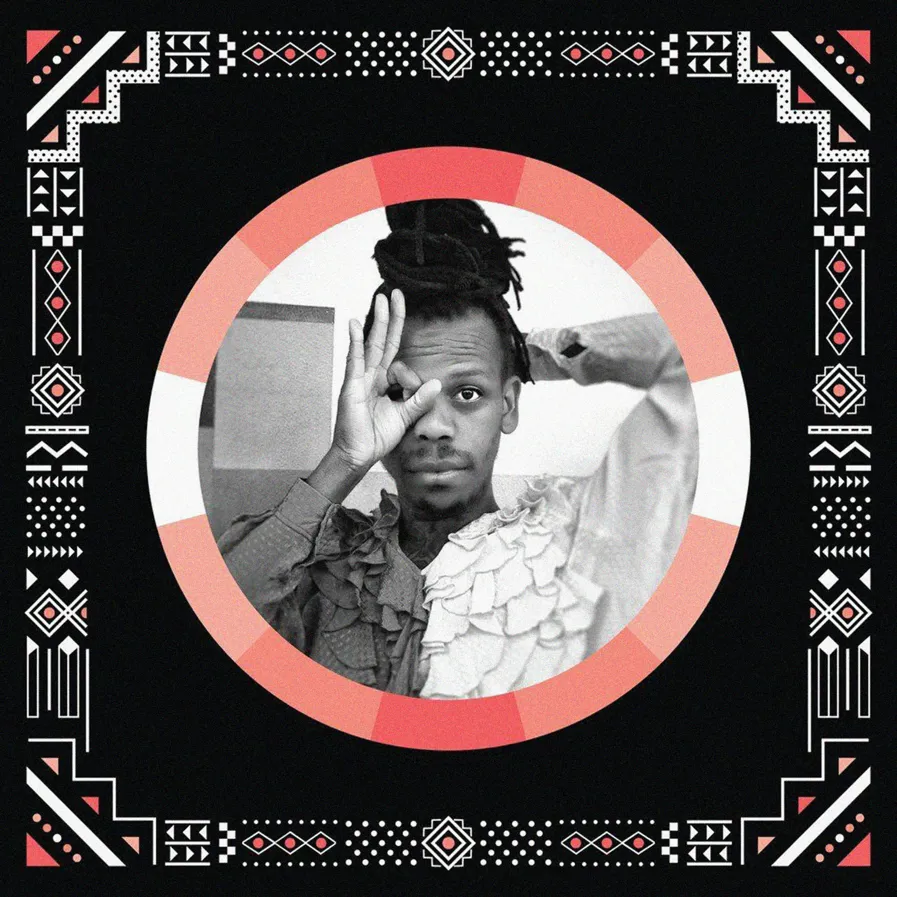
Co-creator of the Berlin-based label Rise, Floyd Lavine is playing his part in providing a platform for African-inspired artists as well as contributing with his own lauded output of Afro-rooted deep house.